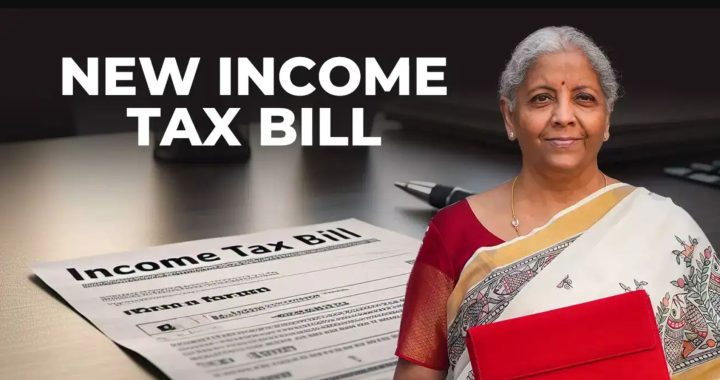Input Tax Credit under GST

Goods and Service Tax (in short GST), is a tax reform of present India to implement a new tax regime in the country. The proposed GST bill is an issue everywhere. As such it is necessary to understand the methods proposed in the new bill.
 Input Tax Credit under GST
Input Tax Credit under GST
GST is the value added tax; as such one can take input tax credits like current VAT credits in many taxes imposed by the Central Government and the State Governments. The proposed GST gives the provisions dealing with the procedure of taking input credit and utilization.
The present system of adjusting tax payable under state VAT can be adjusted against state tax input and Central VAT input.
Input Tax Credit Method under GST has already been accepted by the Empowered Committee of the State Finance Ministers. Under the method, a tax payer is entitled to credit for tax paid on inputs or purchases and the same is adjusted to the extent it is allowed against tax levied upon sales.
Input Tax Credit shall also be applicable to exports.
Kinds of GST:
GST refers to the Goods and Service tax. It aims to comprise the various laws relating to VAT presently prevailing in the country at state and central levels.
The proposed GST comprises of different kind of taxes which are as follows:
1. CGST – Central Goods and Service tax which is levied by the Central Government.
2. SGST – State Goods and Service tax which is levied by the State Government.
3. IGST – Integrated Goods and Service tax. It deals with inter-state supply of goods and services. It shall be levied by the Central Government. This would consist of CGST added with SGST.
Method of Input tax credit:
Input credit on CGST can be adjusted against payment of CGST. Input credit on SGST would be adjusted against payment of SGST. The cross utilization between CGST and SGST can be adjusted only for the transactions between two states.
The IGST which is levied upon the interstate supply of goods and services, the tax payer shall be liable to pay IGST after using the credit of IGST, SGST and CGST on the purchase.
The input credit is allowed to the full extent only in the case of goods or services used for the business purpose, however if it is for partly business and partly other purpose, then credit will be restricted up to the business purpose.
If the goods or services are used for the purpose of effecting taxable supplies and partly effecting non- taxable supplies or zero rated supplies, then the credit will be restricted to the extent of taxable supplies and the zero rated supplies only.
In other words, the existing provision of input Tax Credit is not available for manufacturing or supply of exempted goods.
Method of utilization:
1. IGST- The input tax credit provided in IGST will be utilized firstly to pay IGST and if something remains, it shall be used to pay CGST, and finally if any balance still remains, the same can be utilized to pay SGST.
2. CGST- The input tax credit provided in CGST will be used firstly to pay CGST and if anything remains, the same shall be used to pay IGST. CGST input cannot be utilized to pay SGST.
3. SGST- The input tax credit provided in SGST will be used firstly to pay SGST and if anything remains, it shall be used next to pay IGST. SGST input cannot be used to pay CGST.
Where the input tax is more than that for the same period in IGST, CGST or SGST, it may be carried forward to the following period and can be adjusted against the output tax in the same manner.
Set off procedure of input tax credit under GST:
When a tax payer is paying CGST, SGST or IGST he will be allowed to set off his input tax credit against output tax and pay the balance amount in cash to the central government in case of IGST or CGST or to that of the state government in case of SGST.
However credit shall be allowed in case of goods or services used for business purpose only. No credit shall be allowed in case of goods or service used for other purposes. Moreover Input tax credit is limited to taxable supplies only.


 ITAT Amritsar: No Section 269SS Violation for One-Time Cash Payment Before Sub-Registrar
ITAT Amritsar: No Section 269SS Violation for One-Time Cash Payment Before Sub-Registrar  Tax Officials Unleash Digital Dragnet: How New Raid Powers Redefine Privacy, Property Rights in India and likely to Fuel Corruption
Tax Officials Unleash Digital Dragnet: How New Raid Powers Redefine Privacy, Property Rights in India and likely to Fuel Corruption  Income Tax Department Rewards for Reporting Tax Evasion: A Comprehensive Guide
Income Tax Department Rewards for Reporting Tax Evasion: A Comprehensive Guide  Forfeiture of Gratuity by Employer- What are the Remedies for an employee- Can employer be challenged?
Forfeiture of Gratuity by Employer- What are the Remedies for an employee- Can employer be challenged?  Employer can forfeit gratuity of an employee in case of moral turpitude
Employer can forfeit gratuity of an employee in case of moral turpitude  Diving Deeper: The Impact of the New Tax Bill on Dairy and Farming Income
Diving Deeper: The Impact of the New Tax Bill on Dairy and Farming Income